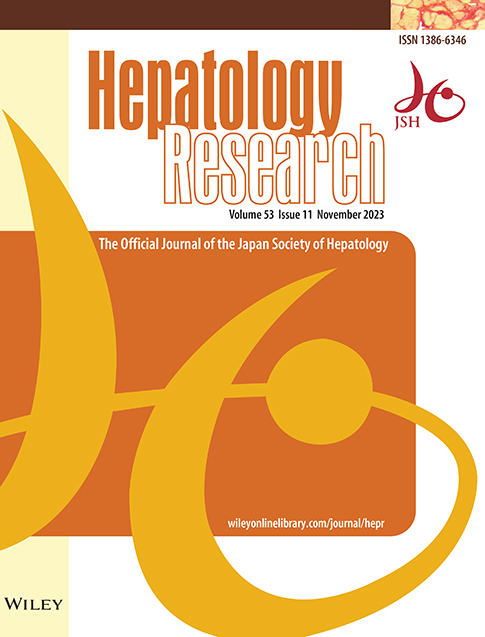Predictive model containing gene signature and shear wave elastography to predict patient outcomes after Kasai surgery in biliary atresia
Abstract
Aims
Infants with biliary atresia (BA) are treated with Kasai portoenterostomy (KPE) surgery, but many BA patients need subsequent salvage liver transplants. The aim of this study is to develop a comprehensive gene-clinical model based on two-dimensional shear wave elastography (2DSWE), liver gene expression, and other clinical parameters to predict response to KPE for BA patients.
Methods
Differentially expressed gene patterns between liver samples of BA (n = 102) and non-BA control (n = 14) were identified using RNA sequencing analysis. Biliary atresia patients were then randomly assigned to training and validation cohorts. Gene classifier based on the differentially expressed genes was built in the training cohort. Nomogram models with and without gene classifier were further constructed and validated for predicting native liver survival of BA patients. The utility of the nomograms was compared by C-index.
Results
Using the least absolute shrinkage and selection operator model, we generated a nine-gene prognostic classifier. The nomogram based on the nine-gene classifier, age, preoperative 2DSWE, and albumin had the better C-index compared to gene classifier alone in the training cohort (0.83 [0.76–0.90] vs. 0.69 [0.61–0.77], p = 0.003) and the validation cohort (0.74 [0.67–0.82] vs. 0.62 [0.55–0.70], p = 0.001). Using risk scores developed from the nomogram, the 12-month survival rates of BA patients with native liver were 35.7% (95% confidence interval [CI], 22.7–56.3) in the high-risk group and 80.8% (95% CI, 63.4–100.0) in the low-risk group in the validation cohort.
Conclusions
The comprehensive genetic-clinical nomogram based on preoperative 2DSWE, liver gene expression, and other clinical parameters can accurately predict response to KPE.
CONFLICT OF INTEREST STATEMENT
The authors have no conflict of interests related to this publication.
Open Research
DATA AVAILABILITY STATEMENT
The data that support the findings of this study are openly available in Genome Sequence Archive of Beijing Institute of Genomics at https://ngdc.cncb.ac.cn/gsa-human/s/qQ9990n9/.




